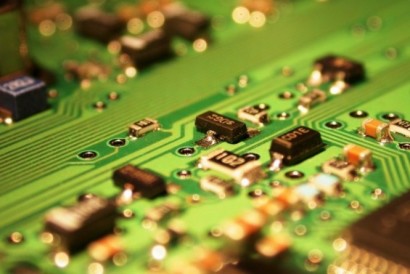 Conductivity is a phenomenon of electricity and consists of the ability of a material to allow the passage of electric current. This phenomenon especially affects metals. Metals have similar properties (they are all malleable and ductile and can change shape and all have a certain degree of gloss). These two characteristics that metals share, we must add another one: the conductivity.
Conductivity is a phenomenon of electricity and consists of the ability of a material to allow the passage of electric current. This phenomenon especially affects metals. Metals have similar properties (they are all malleable and ductile and can change shape and all have a certain degree of gloss). These two characteristics that metals share, we must add another one: the conductivity.
The presence of electrical conductivity
Electrical conductivity is present in very diverse fields: industry, chemistry, oil or electrical devices, among many other areas and applications. The electrical conductivity of a metal or material depends on its molecular and atomic structure. Most metals are good conductors, since there are many weakly bound electrons in their internal structure, which makes it possible for them to move more easily. Conductivity is, therefore, the proportionality between the electric field of a metal and the need for current in a conductor.
What is a semiconductor?
Having briefly explained what conduction is, it is now possible to delve into what a semiconductor is. The semiconductors are the bodies that allow the passage of current with great difficulty. These materials have a cubic crystalline structure and the most used are germanium and silicon (the atoms of these elements form a covalent bond, which means that no free electron is available, which is the one that can carry the electric current).
As its name suggests, a semiconductor is a material that is between two extremes of electrical conductivity: the insulating situation and the conductive one. In other words, semiconductors have an electrical conduction capacity that is lower than that of a metallic conductor but is also higher than that of an insulating element.
Practical applications
 The two genuine chemical elements of semiconduction already mentioned (silicon and germanium) are widely used in the manufacture of various everyday electronic components or devices. Thermistors are semiconductors that can be positive or negative depending on the temperature to which they are subjected and are used in temperature measurement devices, in the manufacture of sensors, ventilation systems, etc.
The two genuine chemical elements of semiconduction already mentioned (silicon and germanium) are widely used in the manufacture of various everyday electronic components or devices. Thermistors are semiconductors that can be positive or negative depending on the temperature to which they are subjected and are used in temperature measurement devices, in the manufacture of sensors, ventilation systems, etc.
Rectifiers are a type of semiconductor that makes it easier for alternating current to be transformed into direct current, which is used in televisions, computers and all kinds of devices in which a direct voltage is necessary.









